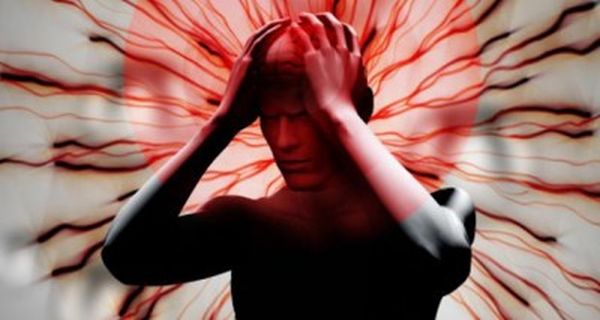If only you could switch your brutal headache off with help of a remote control. Medical technology makes this unimaginable possibility real for a condition called occipital neuralgia.
UK national George Johnston, 32, was diagnosed with occipital neuralgia a year ago, which is characterized by severe headaches that are commonly confused with migraine. He recently underwent a brain surgery in Mumbai to get a pacemaker with connections that travel from the right side of his chest to the back of his neck fitted. While he bore them earlier, now, all he has to do is fit a coin-sized sensor pad, which is connected to the remote control, on to his chest.
Johnston said that whenever he felt the pain coming, he holds the sensor pad over his chest and adjusts the current, which is calibrated in milliamperes. It passes on from the pacemaker to the back of his neck and controls the headache. He also said that he used to get continuous headaches when he was younger. His headaches disappeared with but returned a year ago. He stated the cause to get operated in Mumbai was that it is expensive in the UK and more time consuming. Moreover, the National Health Services (NHS) in the UK don’t cover this procedure under medical insurance. And even if he were to appeal for its inclusion in NHS, he would have had to wait for six years for a tribunal’s response.
Neurosurgeon, Dr Paresh Doshi at Jaslok Hospital operated on Johnston . In the UK, the surgery would have cost him over Rs22 lakh; here, the cost was Rs11 lakh.
How it works
In this procedure, two electric leads were implanted under the skin in the chest and were connected with wires passing from under the neck to the back of the head. During the minimally invasive surgery, George Johnston was wide awake and conscious to give real-time feedback about his pain sensation. Small fibers in the brain, which transport the sensation of pain are blocked by the long fibers which are in turn stimulated by the current ranging from 1 milliampere to 10 milliampere which is conducted by the remote.
Occipital neuralgia is widespread in India, but, doctors say, many are wary of going under the scalpel and, hence, continue to put up with the headaches.

